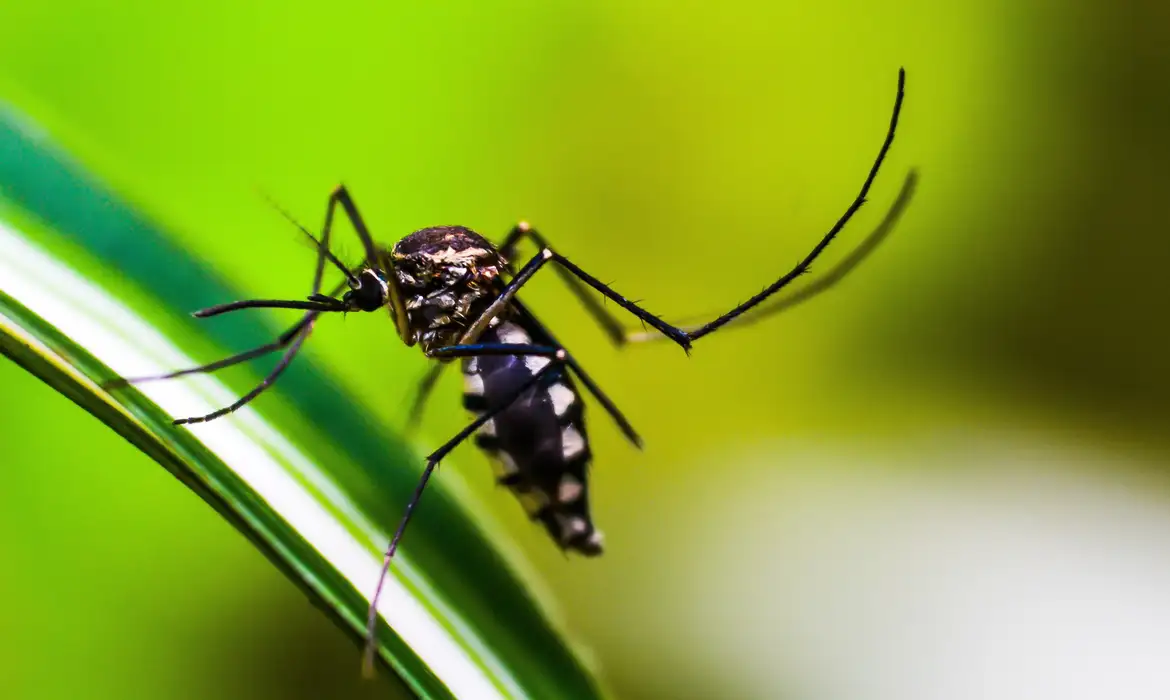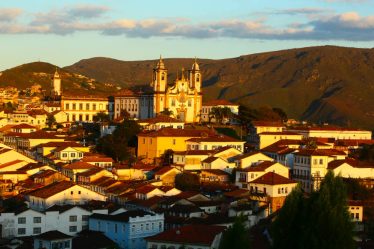
The interior of Brazil surpassed the coast in the incidence of dengue fever due to the increase in heat waves. The coastal region that runs from Santos, in São Paulo, to Belém, in Pará, typically had a higher proportion of dengue cases compared to its population. However, the west of Paraná, the west of Santa Catarina, the west of São Paulo, the interior of Minas Gerais, a part of Tocantins, Goiás and Mato Grosso do Sul saw the transmission of the disease increase.
According to the researcher at the Institute of Communication and Scientific and Technological Information in Health (Icict) at Fiocruz and author of the study, Christovam Barcellos, the largest number of hot days in the areas are related to deforestation. Currently, the country is witnessing a record number of dengue cases, which has led cities to declare an emergency and adopt mitigation measures.
– The Fiocruz study published in the journal Nature correlated the increase in dengue cases in the region with the greater frequency of days with temperatures above average, that is, heat waves;
– Another factor that has caused the increase in dengue fever is urbanization unaccompanied by improvements in the services offered by the city.
The Aedes aegypti mosquito reproduces at temperatures between 18ºC and 33ºC, with the ideal range for maintaining virus transmission being between 21ºC and 30ºC. This average is standard in much of Brazil, but in some places in the South and Central Plateau the average temperature is below 18ºC, especially during winter.
A warmer climate in these regions could enable mosquito breeding year-round, rather than seasonal outbreaks. The study found that only a few areas in the extreme south of the country remain free of dengue fever.
In the interior of the country, summer is extending even longer, according to the Fiocruz researcher. “In 2023, we began to observe a heat wave in winter, something unprecedented in the climate. This triggered the dengue transmission process in several areas in October and November last year”, explains Barcellos.
The South, mainly the west of Santa Catarina and Paraná, which had a low frequency of heat waves, now had ten days of above-average temperatures per month. In the central Brazilian region, the number of days with a heat wave varies between 12 and 30 per month.
Barcellos highlights that other countries that border states in the South and Central-West, such as Argentina and Paraguay, have also begun to experience dengue outbreaks in an unprecedented way.
The study also highlights that high-altitude areas, which were previously considered a limiting factor in mosquito transmission, are now becoming areas susceptible to the spread of the disease.
According to the article, the process that Brazil is going through can be seen as an example of what can happen around the world in even colder regions, such as North America and Europe. To reach these conclusions, the researchers analyzed data on demographics, climate and dengue incidence from the years between 2000 and 2020.
Urbanization
The high frequency of heat waves combined with the urbanization of small and medium-sized cities that has occurred in the region favors the formation of heat islands. The study found that regions with a high incidence of dengue already had transmission of the disease, as well as a high degree of urbanization.
The swelling population of cities often does not have the necessary infrastructure to accommodate demographic changes. There is a lack of good sanitation and housing conditions, for example, says Barcellos, which favors the increase in dengue cases.
Furthermore, many of these regions were not used to the numerous cases of dengue fever. Therefore, health professionals, such as doctors and nurses or even agents fighting epidemics, still need training to deal with the disease and its transmitters.
The expansion of dengue transmission appears to be irreversible. The data collected indicates that few locations managed to reduce the incidence of the virus once the virus and vector were introduced.
Deforestation of the Cerrado
The increase in days of heat waves, in turn, has among its factors the removal of vegetation from the Cerrado, as the Fiocruz researcher explains. “These are areas that are being converted into pasture, large plantations. This involves deforestation”, explains Barcello.
The Cerrado biome has been one of the most deforested in the country. In February this year, the Real-Time Deforestation Detection System (Deter), from the National Institute for Space Research (Inpe), an agency of the Ministry of Science and Technology, detected a 99% increase in vegetation loss compared to the same period last year.
The west of Santa Catarina and Paraná are part of the Atlantic Forest biome, which has also been heavily deforested and replaced by pasture and monoculture.
Estadão Content.


